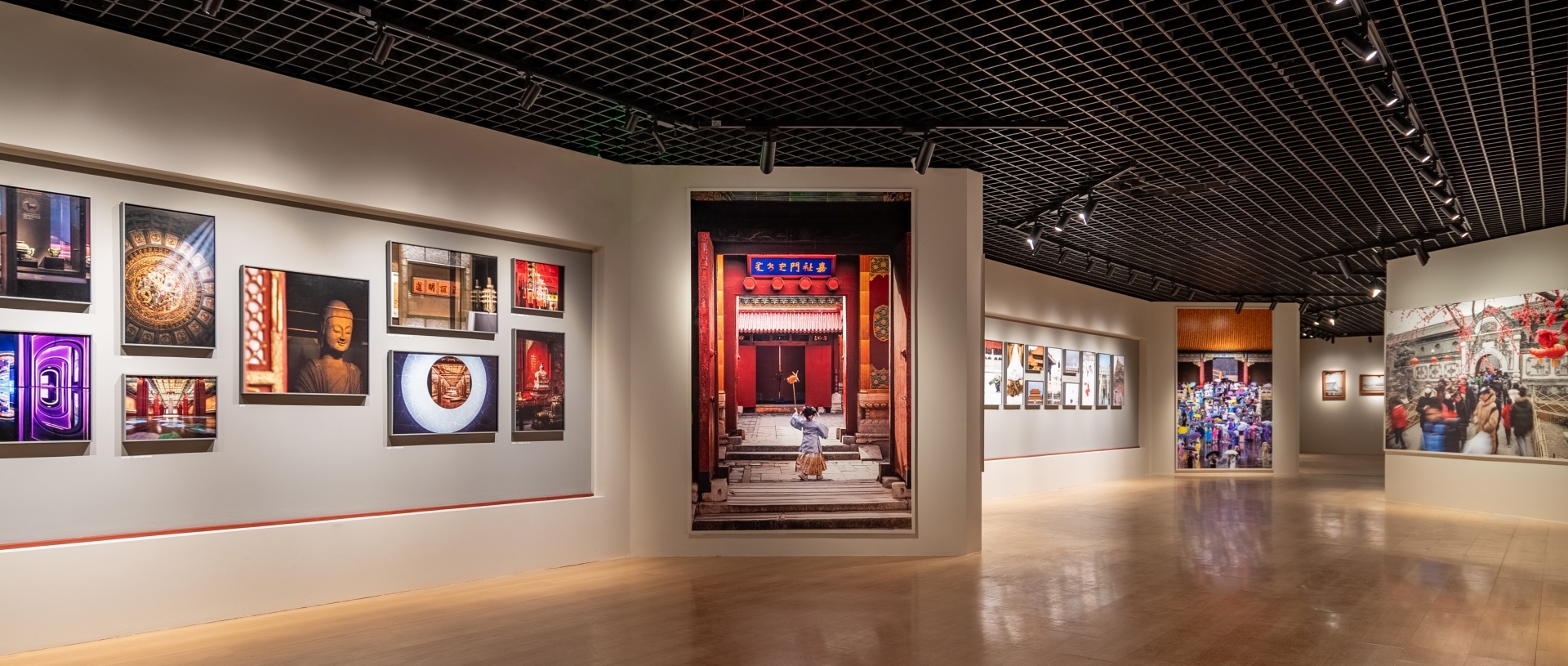The period from 400 to 700 is significant for the development of art in China and India. In India, the Gupta Dynasty (320 – early 6th century) was an outstanding period of the great unified kingdom in Indian history. the Gupta literature, dance, art, and technology progressed to the era of unprecedented prosperity. This period of time is called the Golden Age of India. The Gupta kings were devoted to Hinduism, yet not excluding Buddhism and Jainism. The Gupta period inherited the cultural traditions of India, vigorously promoted the culture with indigenous characteristics, and created pattern to its art which came to represent the model and aesthetic ideal of Indian art in general. Its art creation is generally regarded as representing the peak of classical Indian art, during which many artistic centers were formed. Gupta art arrived in China passed by land and sea routes, which can be seen as one of the many occasions of profound interaction of religion, culture, and art between ancient Chinese and ancient Indian civilizations.
In China, this time period lies in the Northern and Southern Dynasties period and early Tang Dynasty. It is during the Northern and Southern Dynasties period that different ethnic groups made appearances on the historical stage, giving rise to a historically significant, chaotic era of great segmentation, integration, and diversified culture, which eventually led to the reunification of China in the Sui and Tang Dynasties. Based on the assimilation of the influential artistic conventions from India, Central Asia, and Southeastern Asia, Buddhist art in China began explicitly to initiate the process of localization, which provided a concrete foundation for the maturing and development of Chinese art and served as a harbinger of the art in the peaks of Tang Dynasty.
In terms of cultural exchange between China and India, the three most well-known Chinese Buddhist monks: Faxian (who reportedly visited India in 334-422 and 399-413 ) of the Eastern Jin, and Xuanzang (visited India in 602-664 and 625-645) and Yijing (visited India in 635-713 and 671-695 AD) of Tang Dynasty travelled to India in order to acquire the teachings of (Buddhist) dharma. Their travel records were described by western scholars as important works that “brought light to the darkness of Indian history”.
In this exhibition we will focus on Stone sculptures of both countries, which will serve as a testimony to the friendly contacts between the peoples of the two countries over a sustained period of time, as well as to the long history of our cultural exchange.








